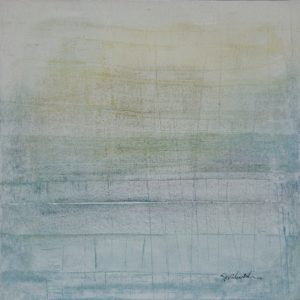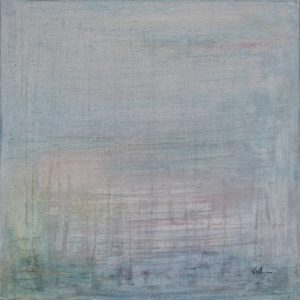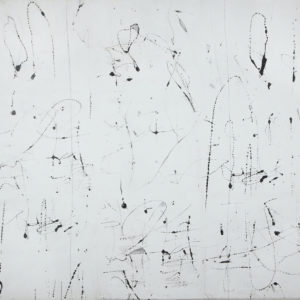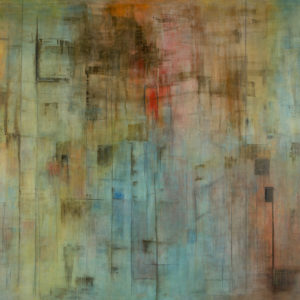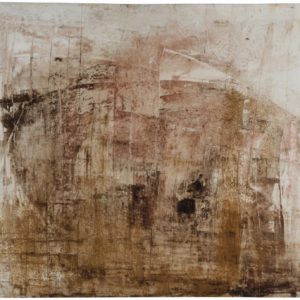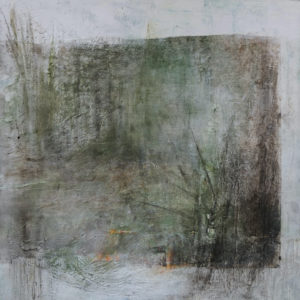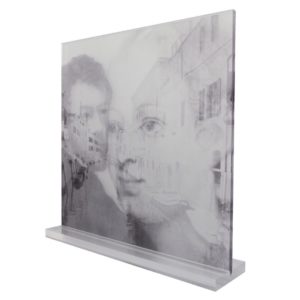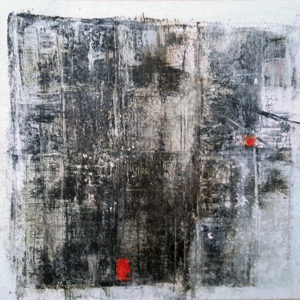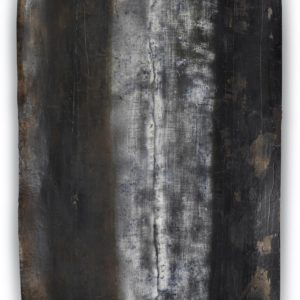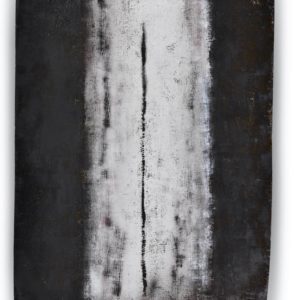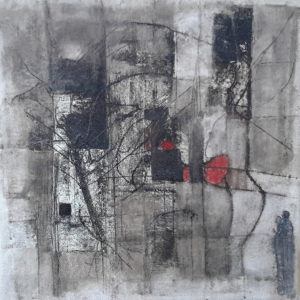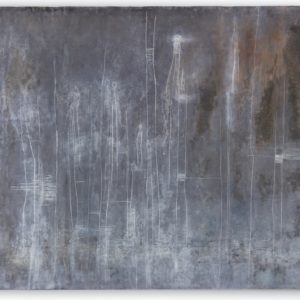Gradiva, sogno e realtà [Dream and reality]
€5.400,00
In his novel Gradiva. A Pompeian fancy Wilhelm Hensen tells the story of the archaeologist Norbert Hanold who became infatuated with a marbled bas‐relief after having admired it at the Vatican Museums in Rome. In this female figure who forwards gracefully with “a natural, simple and virginal grace”, Hanold recognizes the features of a Pompeian “mistress” and names her “Gradiva” ‐ latin for “the woman who moves forward”. Gradiva seduces Harold’s mind and dreams so much that he even decides to head towards Pompei in order to find this imaginary woman in the ruined Vesuvian town. In the dazzlingly sunny Campania he actually bumps into her, but this woman ‐ made of flesh and blood (not marble) ‐ speaks to him in German. She then helps him (as an archaeologist) to step out of his own delirium. The Gradiva he met walking through the Pompei ruins is actually his neighbour, Zoe Bertgang, a girl with whom he used to play in childhood. The ordinary and ironic ending of this novel ‐ where they finally declare to love each other‐ doesn’t cast a shadow over the gripping fascination caused on the readers while following the entangled plot of Norbert’s obsession.
Transferred onto a glass slab, the images of both female figures live each other’s life like the complicated delirium of the archaeologist. In this visionary story the artist Antonia Trevisan “narrates” that Gradiva and Zoe – as flesh and marble creatures ‐ are blended in an evocative dialogue of shapes in motion. The original bas‐relief belonging to the past acquires the features of a young woman today: dream and reality overlap like two parallel and illusionary lives. Both are perfectly possible.
Inkjet printing on a sheet of glass or plexiglass
150×65 cm | 59″x 25,6″ – Width of the base 40 cm | 15,7″
In stock



